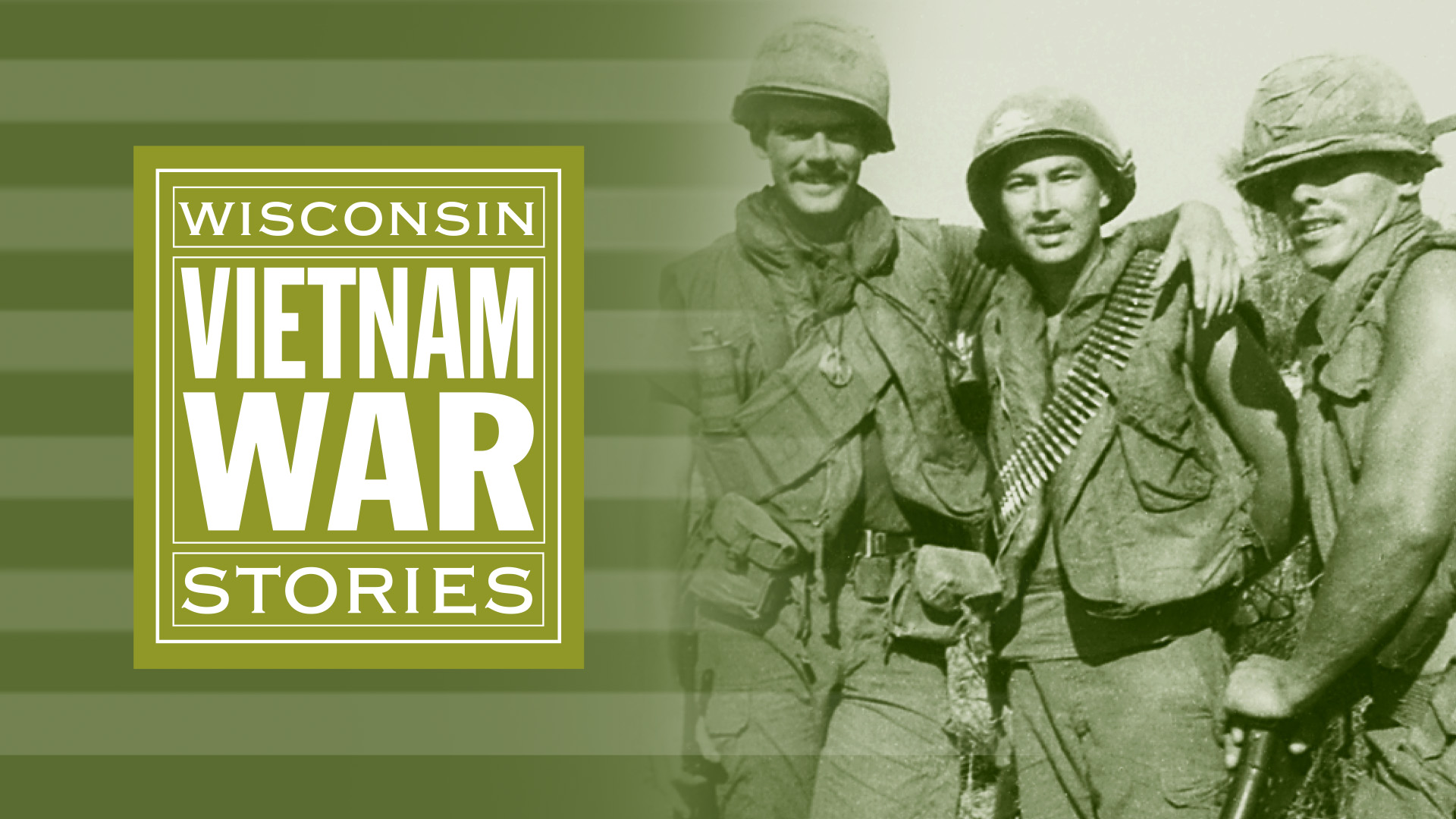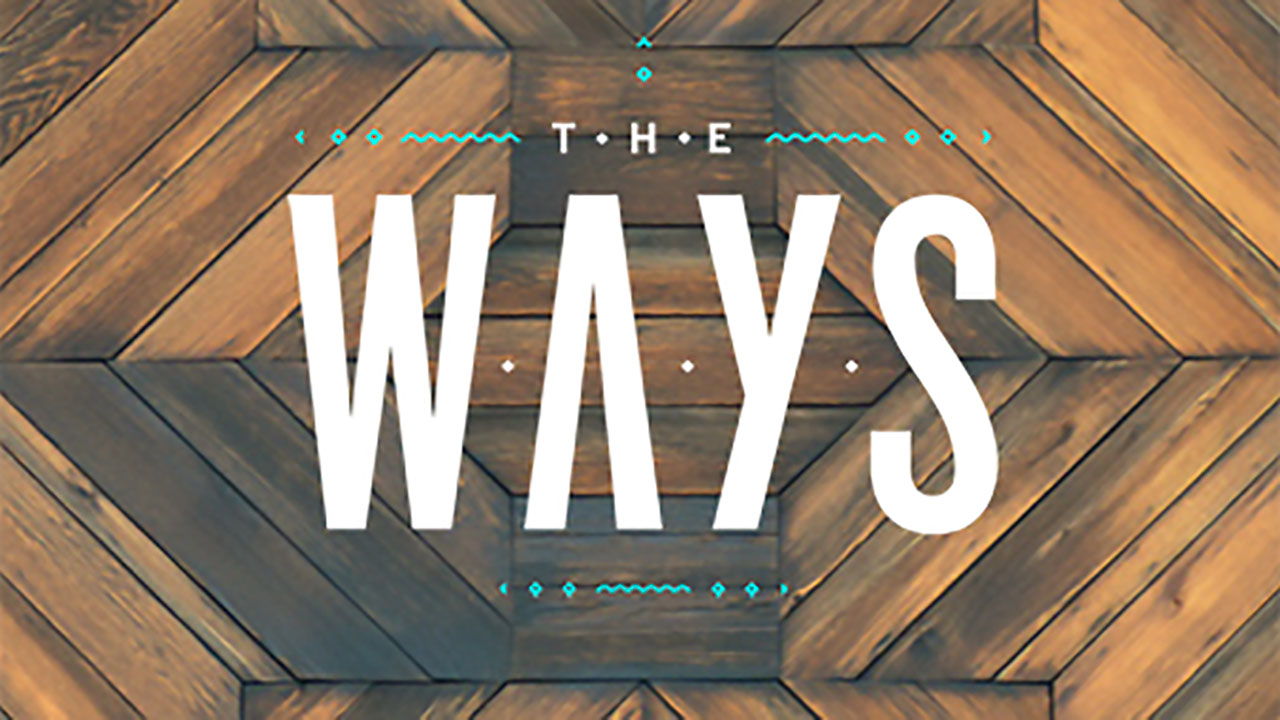After collaborating with the Center for Healthy Minds at the University of Wisconsin-Madison and classrooms and educators across the state, Wisconsin Public Television (WPT) Education has released Kindness Curriculum, a new, multi-part video series designed to give pre-k and kindergarten educators insight into the positive impacts of teaching mindfulness in a classroom setting.
The series focuses on implementing the Kindness Curriculum, a free 24-lesson mindfulness-based guide designed for early learners. The curriculum was researched and developed by the Center for Healthy Minds, a global leader in the scientific research of the mind, emotions and well-being.
We sat down with education producer Ryan Hendricks to learn more about how the project came together. The video series and accompanying resources are now available for free online access at WPTeducation.org/kindness.
Read on to learn more!
WPT: Can you give me some background on how the project came to be?
Ryan Hendricks: We collaborated with the Center for Healthy Minds (CHM) on a couple of Get Up and Go! spots. There were four visual interstitials that we made talking about how mindful movements can be beneficial both physically and mentally. We felt the spots were really successful and we wanted to continue to collaborate with CHM. We brainstormed and searched for different projects and the Kindness Curriculum seemed like a perfect fit.
This is a unique project in that you took an already established resource and used it as a launchpad for another resource.
We wanted to try to find a way to distill all the great information that is in the curriculum into a compact and digestible resource, so people can have a better idea of what the curriculum is.
What was the collaboration process with CHM like?
It worked out well. They have such a wide reach, globally, and we have an extended network within Wisconsin. We want to get this in the hands of educators in the state.
Tell me about the production process for this project.
We wanted teachers to be involved as much as possible. We worked with CHM to connect with teachers who were  familiar with the curriculum and created a survey to send to them to get a better understanding of their experience with the Kindness Curriculum and general mindfulness techniques in the classroom.
familiar with the curriculum and created a survey to send to them to get a better understanding of their experience with the Kindness Curriculum and general mindfulness techniques in the classroom.
Sometimes with mindfulness resources, there can be a cost barrier between those who want to take advantage of the resources and the financial feasibility of doing so. Was making this resource free and accessible the number one most important thing in your mind when doing the project?
Absolutely. Teachers already have so many costs associated with running their curriculum throughout the year. There are unfortunately a lot of paywalls when it comes to mindfulness resources. We wanted to make sure that we were able to provide a free resource that was also comprehensive.
Having been in the classrooms and actually witnessing these resources put into practice, why do you think it’s important, particularly for young kids, to participate in mindfulness activities and meditative practices.
Students at that age are very egocentric. To see them open up to others around them was really amazing. I think it’s important for students and teachers who are already on a budget, because the students and teachers have the tools necessary to do mindfulness. Their body, their breath and their minds. Witnessing the students harness those tools was amazing, especially when there is a chance for academic improvements, using just those tools.
Were there any particularly memorable moments that occurred when you were filming and witnessing the curriculum in action?
Seeing kids interact with one another, having conversations about their feelings directly one-on-one, without teacher intervention was pretty amazing. It seemed to me that that was high level learning going on at such a young age. Seeing students encouraging each other, and if they did something wrong they would say, “Oh, that’s OK we can try again.” Those are such valuable lessons to learn at that age.
Did you meditate or practice any form of mindfulness before working on this project, and if not, do you now?
I hadn’t before and now, every now and then, a few times during the day I’ll take a two-minute break and do some mindful breathing. It’s so simple, but so impactful.
I think it can sometimes be challenging just to set up those habits.

It takes practice. There’s no right or wrong way necessarily to do it. That’s also what’s so encouraging about the curriculum in the series; there is room for error and growth, and there’s room to make mindfulness your own.
What do you find most inspiring about a project like this, and looking back what are you most proud of?
I think what was important for me was connecting with the educators. It’s a simple approach to create something just for the classroom, something instructional, but to engage educators within the production process, makes it feel more substantial. I feel like teachers will appreciate that more because we are really listening to what they need in a resource. I hope they feel heard, respected and valued because of that.
 Passport
Passport




 familiar with the curriculum and created a survey to send to them to get a better understanding of their experience with the Kindness Curriculum and general mindfulness techniques in the classroom.
familiar with the curriculum and created a survey to send to them to get a better understanding of their experience with the Kindness Curriculum and general mindfulness techniques in the classroom.

What do you think?
I would love to get your thoughts, suggestions, and questions in the comments below. Thanks for sharing!
Ian Lewitz
The author has turned off comments for this article.